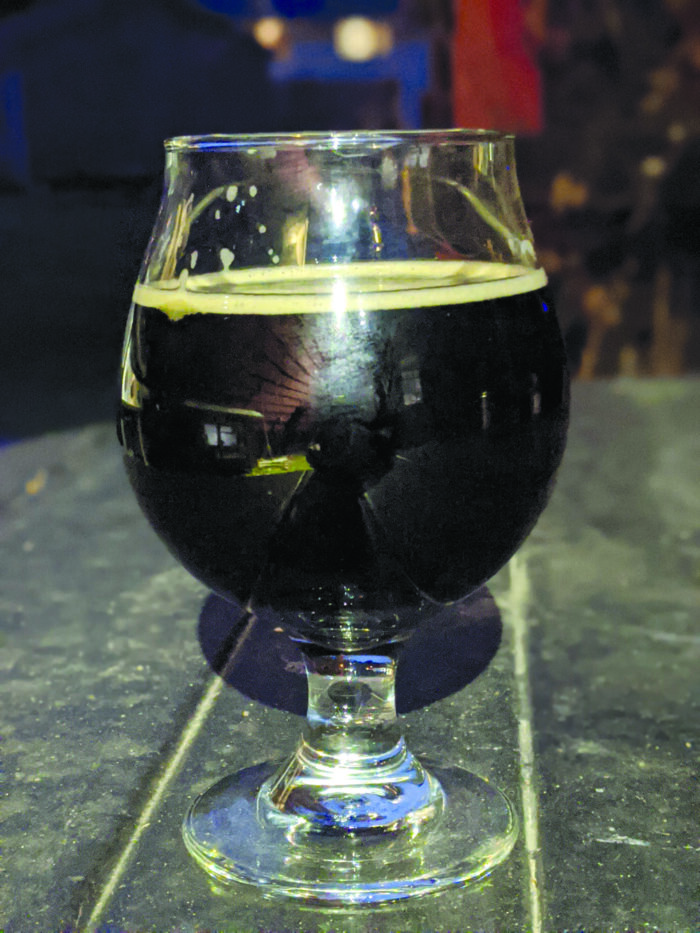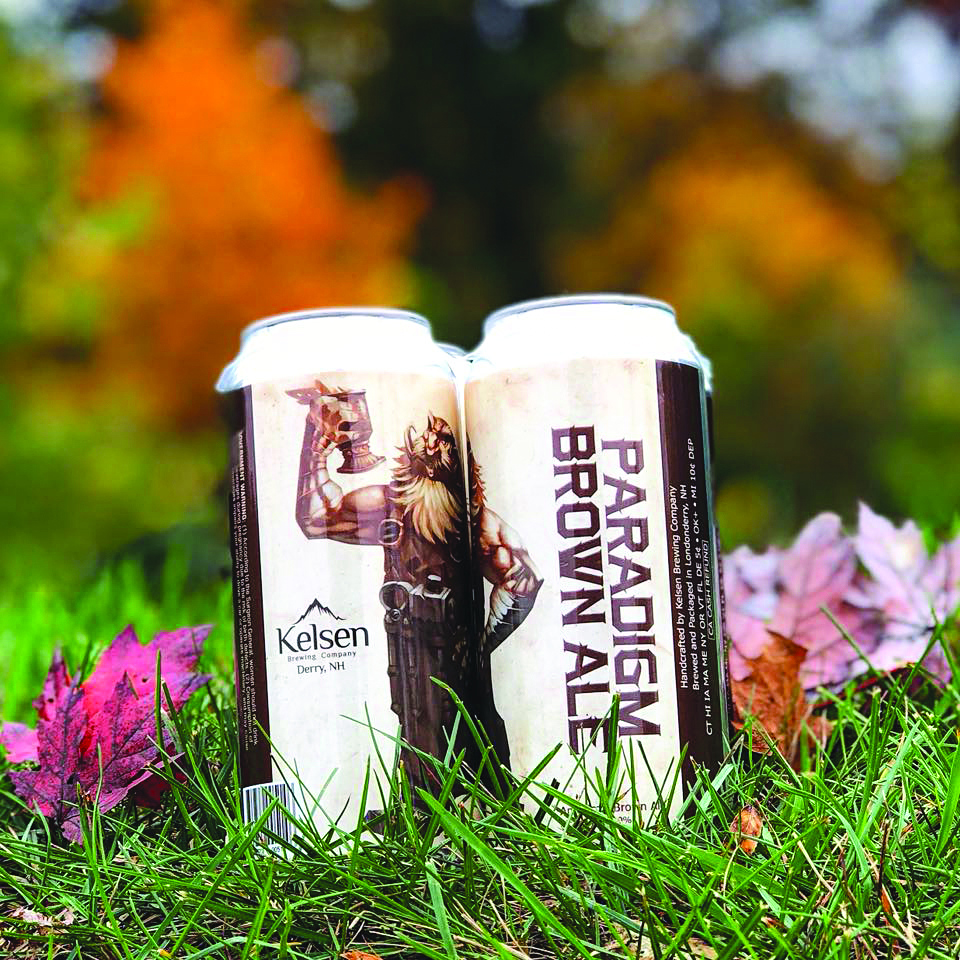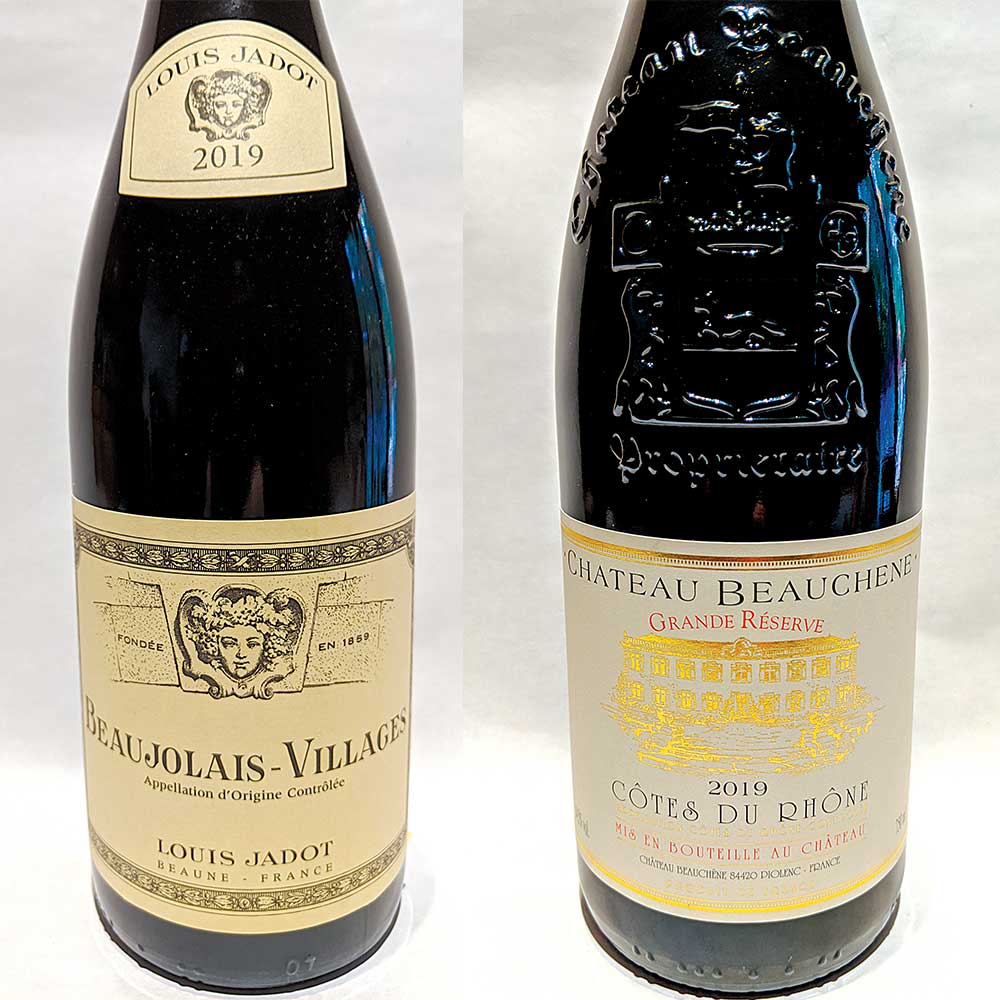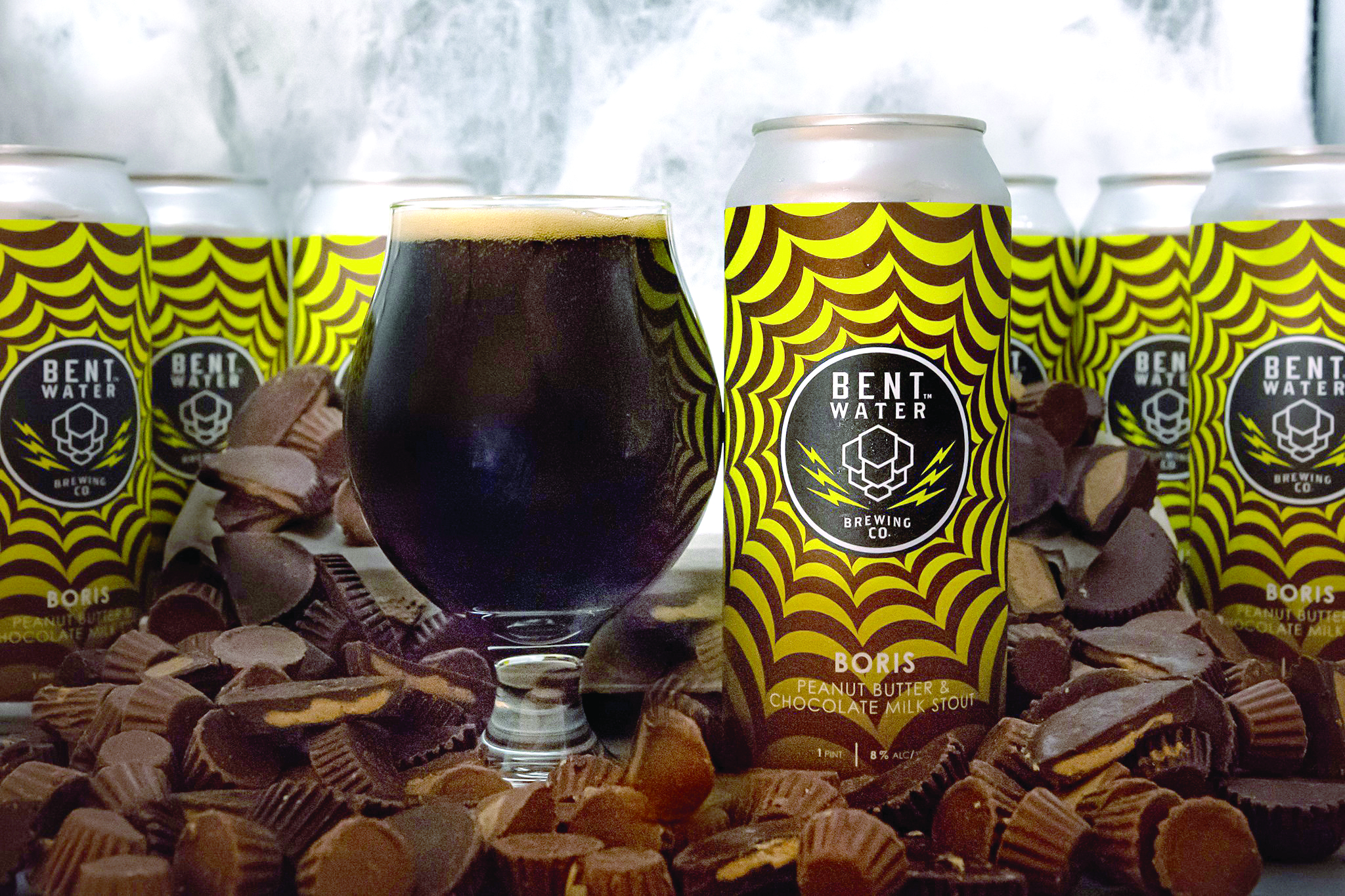The ultimate day of indulgence requires the appropriate brew
Thanksgiving is the ultimate day of indulgence — savory gravy, delicious stuffing, buttery potatoes and vegetables, sweet and rich yams and flavorful roast turkey followed by a spread of sweet, rich desserts.
And you can’t just sip any old beer on the ultimate day of indulgence.
I sort of teeter back and forth when it comes to beer on Thanksgiving. On the one hand, the food of the day is so rich, so decadent and so carb-heavy that it’s almost a challenge to try to add a similarly rich and decadent brew into the mix — but richer, maltier brews work so well with the sweet, buttery foods that dominate the day. We’ve got ourselves a predicament.
On the other hand, I find that crisp, clean brews like Pilsners or bright, tart sours can cut through the fat a bit better, and that allows you to really focus in on the food you’re eating — nothing wrong with that either.
But you don’t want to feel like you held back on Thanksgiving, so how should we handle this dilemma? That is the question and I don’t have the answer because I’ve gone back and forth on what the best move is from holiday to holiday, and sometimes even from brew to brew.
With respect to these two competing narratives, I’d like to offer a few suggestions from both lines of thought to help you drink your way through Thanksgiving.
Carry On Bohemian Style Pilsner by Great Rhythm Brewing Co. (Portsmouth)
This is crisp, clean, light and so, so easy to drink. You can enjoy this without really having to think about it. This would be a nice choice during appetizers, or honestly, really at any moment on Thanksgiving day.
Georg Munich-Style Dark Lager by Schilling Beer Co. (Littleton)
While this is rich and offers layers of complexity, what stands out to me is that it’s quite dry and easy to drink. I think you get some notes of toasted caramel that would do very well alongside a piece of warm apple or pumpkin pie.
Rye IPA by Stoneface Brewing Co. (Newington)
I haven’t tried this one but I’m intrigued by this brew, in particular because I think the bitterness and the earthiness from the rye would really cut through the richness of the day. The brewery indicates this beer is “bold and malty,” which is a bit different than your typical IPA. This one seems like a good choice on turkey day.
Pandora’s Kettle #4 by Concord Craft Brewing (Concord)
This Berliner weisse is tart, bright, and quite refreshing. Brewed with apple and cranberry, this is perfectly seasonal—and a great choice to sip with the meal or right after when you’re trying to give your belly a bit of a break. At 3.7 percent ABV, you can have more than one.
Vendel Imperial Stout by Kelsen Brewing Co. (Derry)
This is the one you grab when you just decide to go all in on Thanksgiving. This beer holds nothing back. It’s incredibly rich and creamy with big notes of chocolate and coffee. Savor this one slowly on the big day.
Working Man’s Porter by Henniker Brewing Co. (Henniker)
This is dry and robust but it’s also very, very drinkable, making it a nice choice when you’re embracing the decadence of the day but not trying to go too overboard. It’s that dry complexity that I think pairs quite well with Thanksgiving fare.
What’s in My Fridge
DDH Pulp Daddy by Greater Good Imperial Brewing Co. (Worcester, Mass.) Wow. This one comes at you with hop ferocity. The brewery states that it is its hoppiest beer — double the hops of its little brother, Pulp Daddy (which is also quite hoppy, as is the youngest brother, Pulp). This is a hop-lover’s dream: a tropical juice bomb that pulls no punches. The dry hops adds another layer of complexity and freshness that really allows this beer to stand out. Cheers!
Featured photo: Happy Thanksgiving. Courtesy photo.










